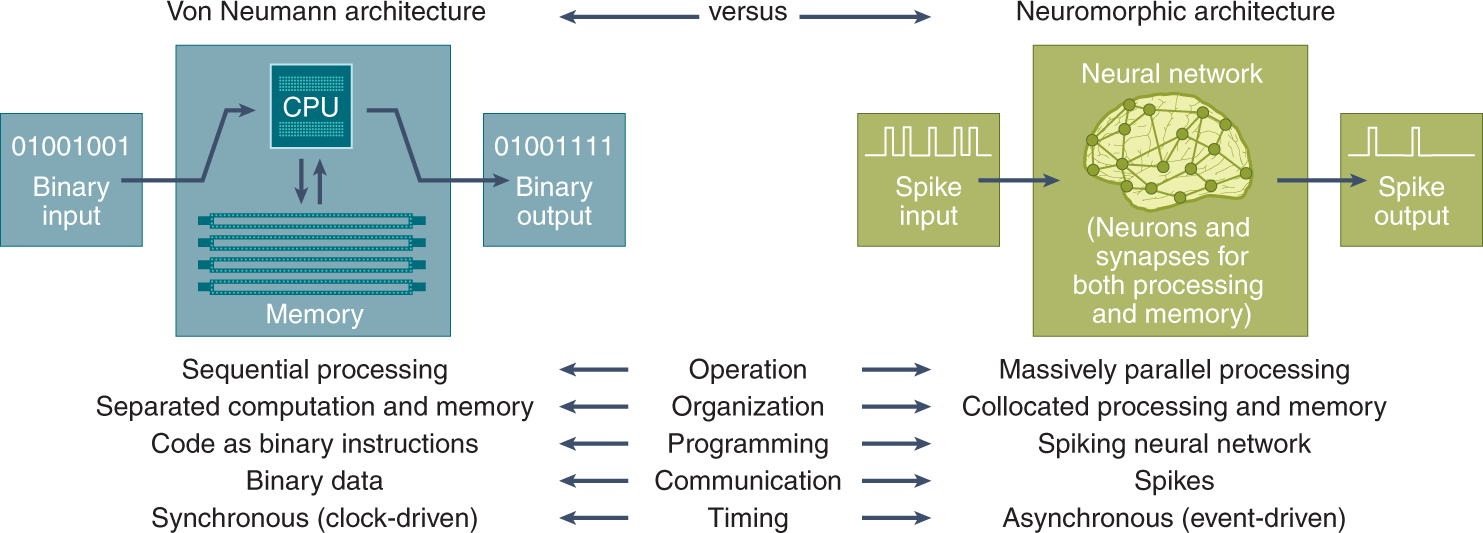【深度学习自编码器实战】:无监督学习的秘密武器使用手册
发布时间: 2024-09-03 10:15:23 阅读量: 112 订阅数: 59 


基于FPGA深度学习的Block 模块方案实战,适合FPGA初学者

# 1. 自编码器的理论基础
自编码器(Autoencoder)是一种无监督的神经网络,主要用于数据的降维和特征学习。其工作原理是通过一个编码过程将输入数据映射到一个隐藏的表示,再通过一个解码过程重构原始输入数据。本章将介绍自编码器的基本概念,包括其工作原理和相关术语的定义。
## 1.1 自编码器的工作原理
自编码器的结构主要由编码器(encoder)和解码器(decoder)两部分组成。编码器负责将输入数据压缩成内部表示(隐层编码),而解码器负责将这个表示重构回原始数据。在训练过程中,通过最小化输入和重构输出之间的差异,即损失函数的值,来更新网络参数,从而获得有效的特征表示。
自编码器的关键在于学习到输入数据的有效压缩表示,这种表示应当尽可能保留原始数据的重要信息,同时去除冗余部分。这就需要网络足够复杂,以学习到非线性的数据结构,同时又要防止过拟合,确保学到的表示具有泛化能力。
## 1.2 自编码器的类型
自编码器根据其结构和功能的不同,有多种变体,包括稀疏自编码器、去噪自编码器和卷积自编码器等。稀疏自编码器通过引入稀疏性惩罚项,鼓励网络学习更加稀疏的特征表示,以提高模型的泛化能力。去噪自编码器则是在输入数据中加入噪声,迫使网络学习一个更鲁棒的特征表示,从而提升模型的抗干扰能力。卷积自编码器则是专为处理图像数据设计,利用卷积层代替传统的全连接层,以利用图像的空间结构信息。
在接下来的章节中,我们将深入探讨自编码器的数学模型、损失函数以及优化算法的选择,以确保能够构建出高效准确的自编码器模型。
# 2. 自编码器算法详解
## 2.1 自编码器的数学模型
### 2.1.1 输入层、隐藏层和输出层的数学表示
在自编码器的数学模型中,输入层、隐藏层和输出层都是通过权重矩阵和偏置向量来表示的。以一个简单的一层隐藏层的自编码器为例,其网络结构可以用以下数学公式表示:
- 输入层:\(x\) 是输入向量,\(x \in \mathbb{R}^n\),其中 \(n\) 是输入维度。
- 隐藏层:\(h\) 是隐藏层的激活值向量,\(h \in \mathbb{R}^m\),其中 \(m\) 是隐藏层维度。隐藏层的激活值计算公式为 \(h = f(Wx + b)\),其中 \(W\) 是输入到隐藏层的权重矩阵,\(b\) 是隐藏层的偏置向量,\(f\) 是激活函数。
- 输出层:\(\hat{x}\) 是输出向量,\(\hat{x} \in \mathbb{R}^n\)。输出层的激活值计算公式为 \(\hat{x} = g(Vh + c)\),其中 \(V\) 是隐藏层到输出层的权重矩阵,\(c\) 是输出层的偏置向量,\(g\) 是激活函数。
在编码过程中,输入数据 \(x\) 经过隐藏层转换为隐表示 \(h\)。在解码过程中,隐表示 \(h\) 经过输出层重建为输出 \(\hat{x}\)。目标是使输出 \(\hat{x}\) 尽可能接近原始输入 \(x\)。
### 2.1.2 权重和偏置的初始化方法
权重和偏置的初始化是神经网络训练中的重要步骤,合理的初始化方法可以影响到模型的收敛速度和最终性能。以下是一些常用的初始化方法:
- 随机初始化(Random Initialization):权重以很小的随机数初始化,例如使用均匀分布 \(U(-\epsilon, \epsilon)\) 或正态分布 \(N(0, \epsilon)\)。这种方法适用于所有层。
- 用0初始化(Zero Initialization):偏置通常初始化为0,权重也可以初始化为0,但会导致所有神经元输出相同的值,因此在实际中较少使用。
- He初始化和Xavier初始化:这两种方法都是根据前一层的节点数来调整权重的缩放因子。He初始化常用于ReLU激活函数,Xavier初始化常用于tanh和sigmoid激活函数。He初始化的权重缩放因子为 \(\sqrt{2/n_{\text{in}}}\),Xavier初始化的权重缩放因子为 \(\sqrt{1/n_{\text{in}}}\),其中 \(n_{\text{in}}\) 是输入节点数。
在自编码器中,初始化方法的选择会影响到编码器和解码器的效率和准确性。合理选择初始化方法可以提高模型的训练速度和降低过拟合风险。
```python
import numpy as np
def initialize_parameters(n_x, n_h, n_y):
# n_x, n_h, n_y 是输入、隐藏和输出层的节点数
np.random.seed(1)
W1 = np.random.randn(n_h, n_x) * np.sqrt(2. / n_x)
b1 = np.zeros((n_h, 1))
W2 = np.random.randn(n_y, n_h) * np.sqrt(2. / n_h)
b2 = np.zeros((n_y, 1))
parameters = {
"W1": W1,
"b1": b1,
"W2": W2,
"b2": b2
}
return parameters
parameters = initialize_parameters(n_x=12288, n_h=100, n_y=12288)
```
在上面的Python代码中,我们使用了He初始化方法,即权重通过缩放的随机值初始化,而偏置初始化为0。这种初始化方法对深度自编码器特别有效。
## 2.2 自编码器的变体
### 2.2.1 稀疏自编码器
稀疏自编码器是在传统自编码器基础上增加一个稀疏约束,使得隐藏层中的大部分神经元的激活值接近于零。这种稀疏性促使模型学习到更加有区分度的特征表示,特别适合于数据降维和特征提取。
稀疏性可以通过一个稀疏惩罚项来实现,常见的稀疏惩罚项有L1正则化项和Kullback-Leibler (KL) 散度项。稀疏自编码器的目标函数通常表示为:
\[ L(x, \hat{x}) = L_{\text{reconstruction}}(x, \hat{x}) + \beta \cdot L_{\text{sparse}}(h) \]
其中,\(L_{\text{reconstruction}}\) 是重建损失项,如均方误差 (MSE) 或交叉熵损失;\(L_{\text{sparse}}\) 是稀疏惩罚项;\(\beta\) 是平衡两者之间权重的超参数。
### 2.2.2 去噪自编码器
去噪自编码器(Denoising Autoencoder, DAE)是一种特殊的自编码器,它在训练过程中向输入数据中加入噪声,然后尝试重建原始无噪声的输入。这种结构迫使网络学习到更鲁棒的特征表示,因为它不能依赖于噪声,而是必须发现输入数据的内在结构。
去噪自编码器的一个关键点是如何在输入中添加噪声。通常有以下几种方法:
- 高斯噪声:向输入数据中添加符合高斯分布的噪声。
- 随机掩码:随机将输入数据的一部分设置为零,让网络学会忽略这些丢失的信息。
- 布尔噪声:随机将输入数据的元素翻转,例如,将0变为1,或1变为0。
去噪自编码器通过这种方式,可以防止模型过拟合,同时提高模型在面对真实世界数据时的泛化能力。
```python
from sklearn.preprocessing import StandardScaler
from sklearn.metrics import mean_squared_error
import numpy as np
def add_gaussian_noise(X, noise_level):
scaler = StandardScaler()
X_scaled = scaler.fit_transform(X)
noise = np.random.normal(0, noise_level, X_scaled.shape)
X_noisy = X_scaled + noise
return scaler.inverse_transform(X_noisy), X_scaled
# 假设原始数据集为X,噪声水平设置为0.1
X_noisy, X = add_gaussian_noise(X, noise_level=0.1)
```
在上面的Python代码中,我们创建了一个添加高斯噪声的函数,并应用在输入数据集 `X` 上。然后,我们可以使用去噪自编码器的结构去训练模型,让模型学会从噪声数据中恢复出原始数据。
### 2.2.3 卷积自编码器
卷积自编码器是一种特殊的自编码器,它使用卷积层来构建编码器和解码器网络。由于卷积层可以有效提取局部特征并具有参数共享的特点,卷积自编码器在图像处理领域表现出色。
卷积自编码器的编码器部分通常使用卷积层来压缩数据,而解码器部分使用转置卷积层(也称为反卷积层)来恢复图像到原始尺寸。卷积层通过滑动窗口的方式提取图像中的特征,而转置卷积层则可以生成图像的细节信息。
卷积自编码器对于图像去噪、特征提取、数据生成等任务非常有效。此外,由于卷积层的特性,卷积自编码器可以处理比输入更小的输出尺寸,这对于降维应用特别有用。
```python
from keras.layers import Input, Conv2D, UpSampling2D
from keras.models import Model
def build_cnn_autoencoder(input_shape):
input_img = Input(shape=input_shape)
# 编码器
encoded = Conv2D(32, (3, 3), activation='relu', padding='same')(input_img)
encoded = Conv2D(16, (3, 3), activation='relu', padding='same')(encoded)
encoded = MaxPooling2D((2, 2), padding='same')(encoded)
# 解码器
decoded = Conv2D(16, (3, 3), activation='relu', padding='same')(encoded)
decoded = UpSampling2D((2, 2))(decoded)
decoded = Conv2D(input_shape[2], (3, 3)
```
0
0





